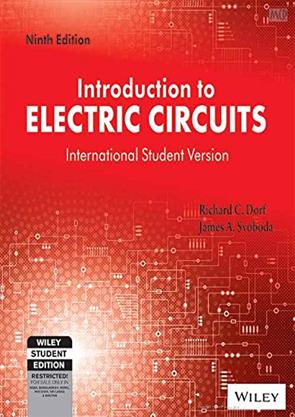This course deals with issues and models to design low-power VLSI circuits, and fundamentals of power dissipation in microelectronic devices and will be able to estimate power dissipation due to switching, and short circuits. The architectural, algorithm power estimation and optimization techniques will be discussed.
This course will enable students to:
1. Understand different sources of power dissipation in CMOS.
2. Explore the various low-power simulation techniques.
3. Focus on the synthesis of different level low power transforms.
- Teacher: Raveendra G

This course describes:
1. Reveal their knowledge and understanding of electromechanical energy conversion in Transformers and Induction machines. 2. Analyze the concepts of fundamental torque equation and rotating fields 3. Analyze the fundamental characteristics of Transformers and Induction machines. 4. Interpret experimental results and correlate them with theoretical predictions.
- Teacher: Bhargavi K M

This course describes:
1. Solve network problems using KCL, KVL, loop and mesh analysis 2. Represent the given network in terms of two-port network 3. Apply the concept of resonance in the design of filter and also to understand the principle behind ZVS and ZCS in a power electronic circuit 4. Calculate the initial and transient conditions in power electronic circuits 5. Develop network of immittance functions 6. Calculate parameters an attenuator for the given specifications and also to analyze attenuation of a probe
- Teacher: Bhargavi K M

This course describes as:
Adopt various measurement units associated with physical parameters 2. Select different instruments for measuring different electrical parameters in industries 3. Describe the operation of measuring instruments 4. Identify and use different type of transducers for various applications in industries.
- Teacher: Bhargavi K M
This course deals with
1. Understand safety rules , important tools used in trouble shooting
2. Understand different types of wires & wire splicing ,
3. Understand the usage of important electrical meters which are used in the process of trouble shooting.
Find out faults, causes and remedies for common electrical equipment.- Teacher: Bhargavi K M
This course describes
1. Work with Auto CAD 2D classic and execute the basic commands of
auto cad software
2. Draw the isometric and orthographic views of given objects
3. Draw the sectional views of Electrical Machines
4. Differentiate between single and three phase systems
5. Implement the knowledge of CAD and EE drawing in design of real
time application
- Teacher: Bhargavi K M